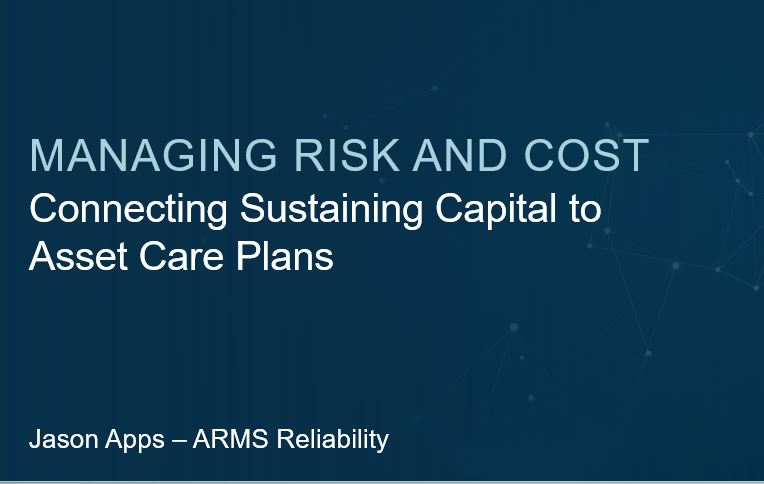
Fundamentally we buy an asset, operate and maintain it, and then at some age replace it.
There is generally an attempt to focus on procuring the right asset based on an assessment of the full lifetime asset cost and value it will deliver. This assessment will yield the age or time at which the asset will require replacement. The problem of course is that operations typically don’t go to plan, especially across an extended time period of 20 years or more. In that time, operational requirements change, assets age differently than we expect, operations context changes, materials become obsolete, new technology becomes available – there is no shortage of deviations from the original assumptions that derived the asset life.
Typically, these challenges will emerge:
- Capital replacement plans are reactive
- Replacement projects are submitted too late – once it’s apparent that the asset is at the end of its life and it becomes critical that the asset is replaced
- Future planning is difficult because of the changing operations
- Capital funds are not available to replace the emerging critical replacement projects
The capital constraint will limit what projects go ahead and the frustrated maintenance teams are left to manage life extensions for the rest of the asset base that should be replaced.
This webinar will outline a framework for connecting asset care plans to capital plans to support a proactive approach to capital planning and ensure we get maximum value from our asset base.


